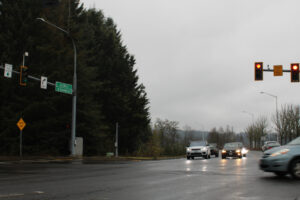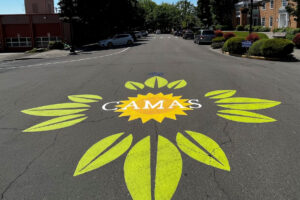Camas officials have approved a subarea plan that will guide future development in the city’s North Shore, a mostly undeveloped 990-acre area located north of Lacamas Lake.
On Monday, Nov. 7, nearly three weeks after the Camas Planning Commission unanimously approved the subarea plan and sent it on to the Camas City Council, the Council held a public hearing on the subarea plan and heard from North Shore property owners who helped develop the subarea plan and who support the plan’s final adoption.
“My hope is that North Shore will someday become a part of our city that the entire community can be proud of,” said Lynn Johnston, owner of a large piece of North Shore property that used to house the Johnston Dairy Farm. “I believe this subarea plan will serve as the foundation for that to happen and that the city council’s (approval) tonight will be a big step in making that a reality.”
Although 270 acres in the North Shore is public property owned – mostly by the city of Camas, but also by the Camas School District, which opened its newest primary school, Lacamas Lake Elementary School, in 2018 — the majority of the land is privately owned.
City officials annexed much of the North Shore area into the city boundaries in 2008, and approved a 460-acre “Lacamas Northshore” mixed-use development on the Johnson Dairy property in 2013, with those initial plans calling for a mix of light industrial, commercial and residential properties.




